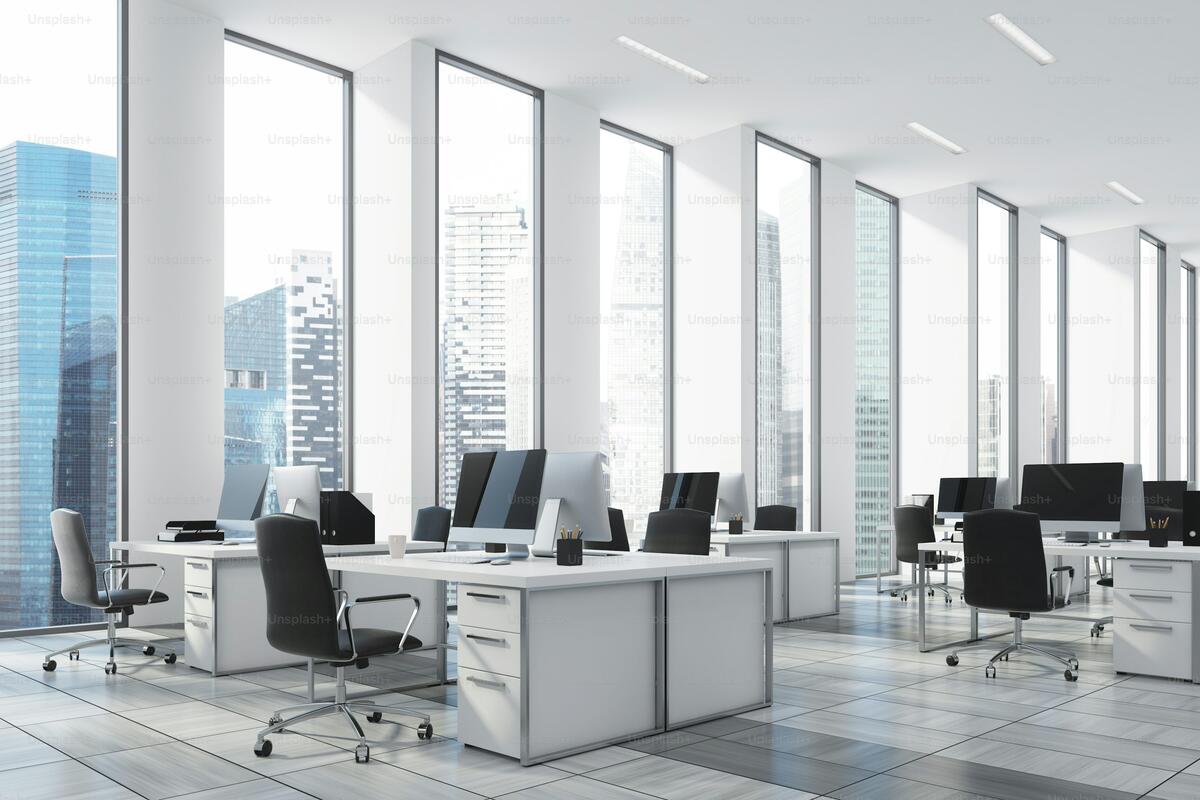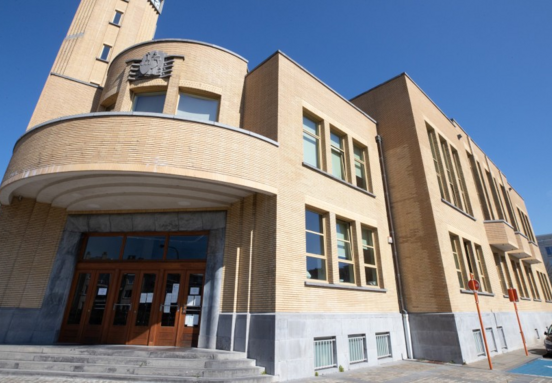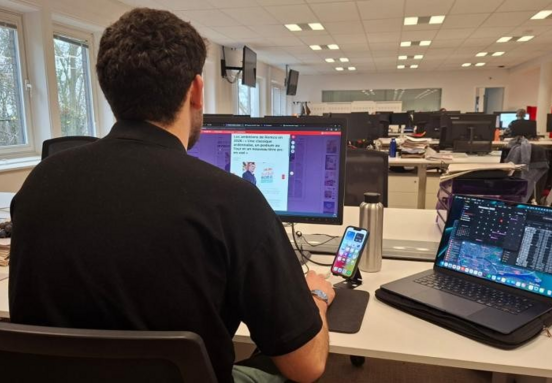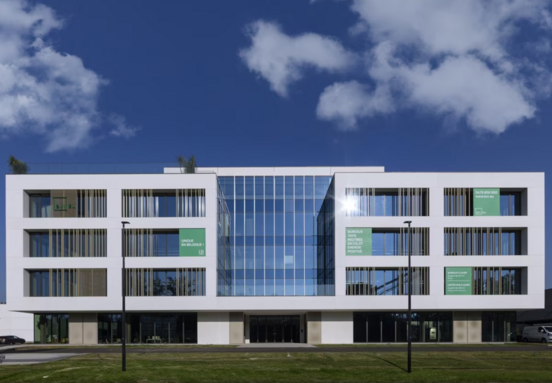Understanding your team's real needs
Before committing to a rental, thoroughly assess how your teams work. An office that doesn't align with daily activities – whether it's the need for quiet focus zones, collaborative areas, or dedicated meeting rooms – can hinder productivity and morale. Involve future users in the evaluation process to ensure the space truly supports their diverse requirements.
Prioritizing flexibility and adaptability
Business needs evolve rapidly, with trends like remote work, flexible hours, and agile methodologies shaping how we operate.
Choosing a rigid office layout can quickly become an obstacle. Look for spaces that offer modularity, allow for reconfigurable furniture, and support various work settings (e.g., sit-stand desks, collaborative hubs, individual pods) to ensure your office can grow and change with your company.
Ensuring optimal air quality and natural light
Poor indoor air quality and inadequate lighting significantly impact employee concentration, energy levels, and overall health. When touring potential spaces, prioritize those with abundant natural light and efficient ventilation systems. Consider the potential for integrating air-purifying elements like plants to foster a healthier and more invigorating work environment.
Addressing acoustic comfort
Uncontrolled noise is a silent productivity killer, especially in open-plan settings. It leads to distraction, stress, and reduced focus. Evaluate the acoustic properties of potential office spaces. Look for features like sound-absorbing materials, the availability of quiet zones for focused work, or dedicated areas for phone calls and virtual meetings to minimize disruptions.
Considering furniture compatibility and ergonomics
While you might be renting an empty shell, consider how the space accommodates ergonomic furniture. An office that forces uncomfortable setups can lead to health issues and decreased productivity. Ensure the layout allows for well-sized desks, adjustable chairs, and other ergonomic accessories, whether you bring your own or opt for a furnished solution.
Integrating essential break and social spaces
Dedicated areas for breaks, informal interactions, and relaxation are crucial for employee well-being and team cohesion. A space that lacks opportunities for mental and physical recovery can increase stress and limit spontaneous collaboration. Look for layouts that include or allow for communal areas such as kitchens, lounge zones, or even accessible outdoor spaces.
Optimizing workflow and circulation
An inefficient office layout with cramped pathways or poorly placed amenities can lead to wasted time and frustration. When assessing a potential rental, visualize daily movement. Ensure wide, clear aisles and logical placement of high-traffic areas like meeting rooms, restrooms, and printers to promote smooth and efficient circulation throughout the workday.
Ensuring robust technological infrastructure
In today's digital world, a reliable technological backbone is non-negotiable. Inspect the existing infrastructure of any prospective office. Verify the strength and stability of Wi-Fi, the availability and accessibility of power outlets, and the capacity to support modern collaboration tools like video conferencing and interactive displays. A well-equipped space will empower your teams.
Reflecting your brand identity and aesthetics
Your office space is a physical manifestation of your company's values and culture. A sterile, uninspiring environment can negatively impact employee morale and client perception. When choosing a rental, consider its potential for personalization. Look for spaces that allow you to incorporate branding, natural elements, and unique design features to create a vibrant and engaging atmosphere that reflects your identity.
Planning for long-term maintenance and upkeep
Even the most appealing office can quickly lose its luster without proper maintenance. Before signing a lease, understand the responsibilities for ongoing upkeep. Discuss what is covered by the landlord versus the tenant. A clear maintenance plan, covering everything from regular cleaning to equipment service, is vital to ensure your rented space remains functional, appealing, and healthy for the long term.
In conclusion, selecting the right office space is a complex project that demands a comprehensive, thoughtful, and user-centric approach. Avoiding these common mistakes will help you secure a workspace that is high-performing, pleasant, and adaptable to modern demands. Investing in the quality of your office environment means investing in the health, motivation, and productivity of your team.
Source: buror.be







